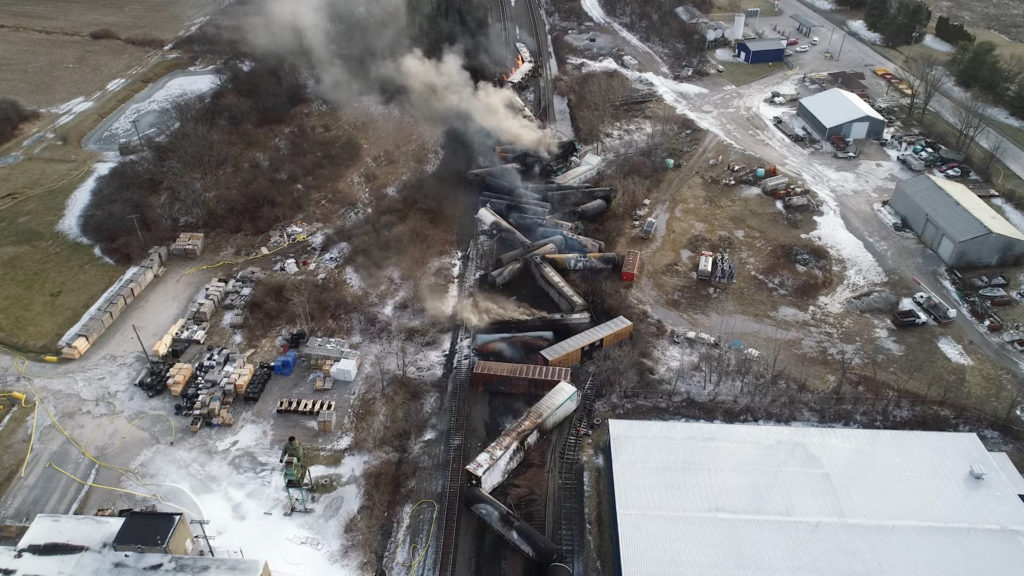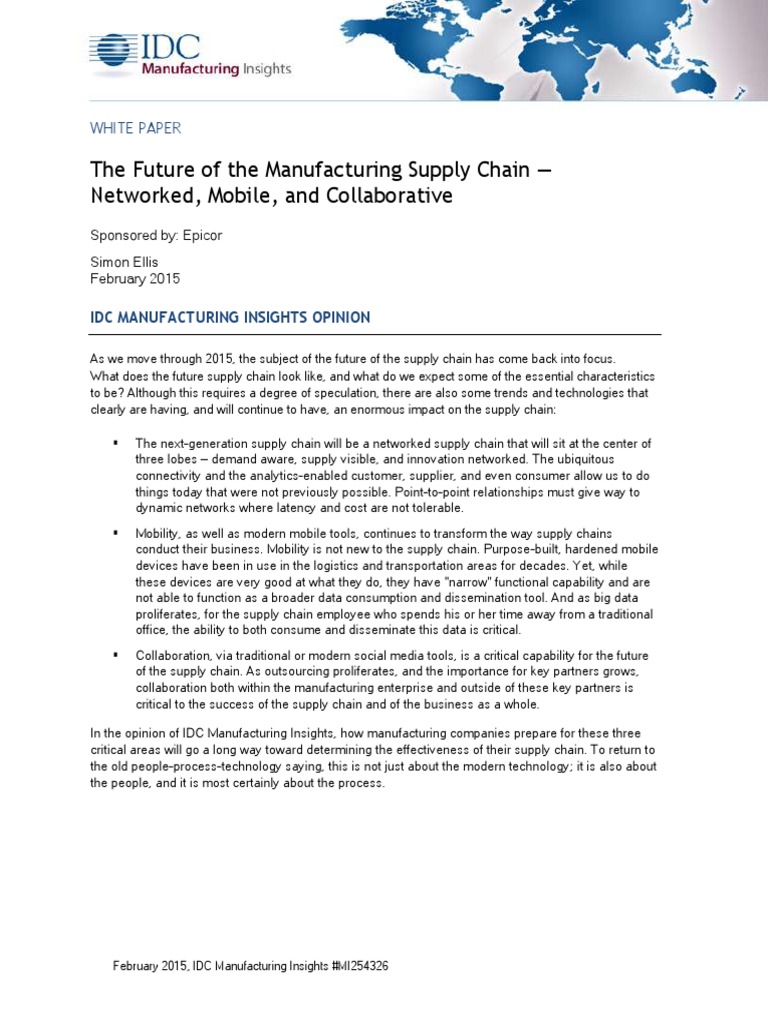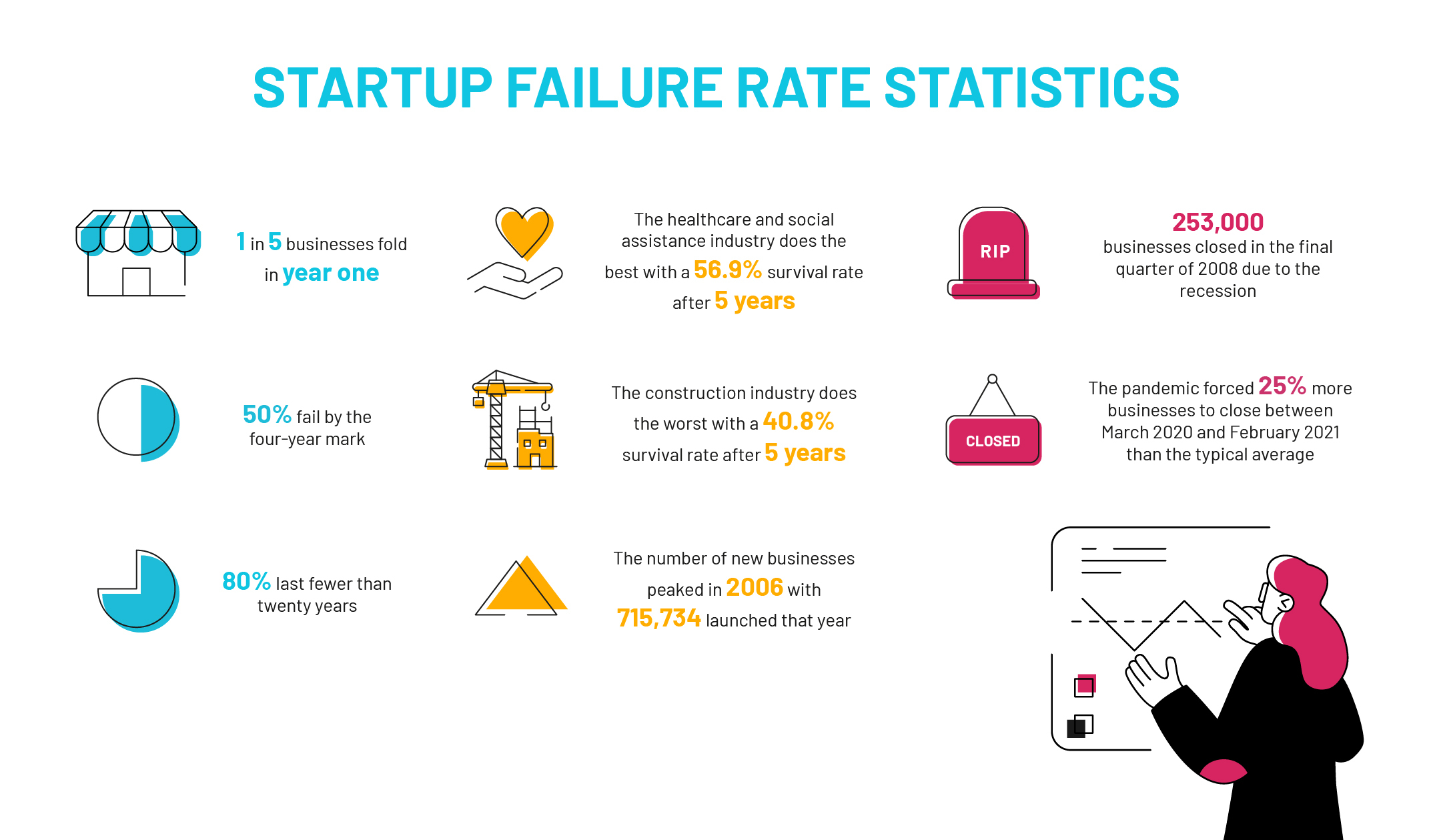Toxic Chemical Residues From Ohio Train Derailment: Building Contamination

Table of Contents
Pathways of Contamination
The spread of toxic chemical residues from the derailment site to nearby buildings occurred through various pathways, each requiring a different approach to detection and remediation.
Airborne Contamination
Volatile organic compounds (VOCs), released in significant quantities during the derailment, readily spread through the air. These VOCs, including dangerous substances like vinyl chloride and butyl acrylate, can settle on building surfaces, potentially entering through ventilation systems, open windows, or even cracks in the structure.
- Examples of VOCs: Vinyl chloride, butyl acrylate, benzene, and others. These chemicals are known carcinogens and can cause a range of acute and chronic health problems.
- Persistence of VOCs in building materials: Porous materials like drywall and insulation can absorb VOCs, leading to long-term indoor air contamination. This slow release can expose occupants to harmful levels of these chemicals for extended periods.
- Health effects of inhaling VOCs: Exposure can cause immediate symptoms such as headaches, nausea, dizziness, and respiratory irritation. Long-term exposure can lead to more serious health problems, including liver and kidney damage, and increased cancer risk.
- Methods for detecting airborne contamination: Air sampling using specialized equipment is crucial for identifying the presence and concentration of VOCs within buildings. This involves collecting air samples and analyzing them in accredited laboratories.
Surface Contamination
Direct contact with contaminated soil, water, or debris from the derailment site can lead to the deposition of toxic chemical residues on building exteriors and interiors. This contamination can occur through various means:
- Potential for runoff contamination: Rainfall can carry contaminated materials from the derailment site, spreading toxic chemical residues across a wide area and depositing them on building surfaces.
- Adherence of residues to different building materials: The adherence of these residues varies depending on the material. Porous materials absorb more readily than non-porous surfaces.
- Challenges in cleaning contaminated surfaces: Removing deeply embedded toxic chemical residues can be challenging and often requires specialized cleaning techniques and potentially the removal of contaminated materials.
- Long-term persistence of residues on surfaces: Some toxic chemical residues can persist on surfaces for extended periods, requiring thorough cleaning and potentially further remediation efforts.
Groundwater Contamination
The derailment also poses a significant risk of groundwater contamination. This contaminated water can infiltrate buildings through cracks in foundations, improperly sealed basements, or even through drainage systems.
- Permeability of soil and potential for leaching: The type of soil significantly impacts the rate and extent of groundwater contamination. Highly permeable soils allow for rapid leaching of chemicals into the groundwater.
- Detection of groundwater contamination: Testing of groundwater wells and monitoring the water supply are necessary to assess the extent of contamination.
- Health implications of contaminated groundwater: Drinking or coming into contact with contaminated groundwater can have severe health consequences, mirroring the inhalation risks discussed above.
- Mitigation strategies for groundwater contamination: Remediation strategies might include installing barriers to prevent further contamination, pumping and treating contaminated groundwater, and potentially removing and replacing contaminated soil.
Assessing and Mitigating Building Contamination
Addressing the potential for building contamination requires a proactive and comprehensive approach.
Testing and Assessment
Professional testing is essential to identify the presence and extent of toxic chemical residues within buildings. This process involves several steps:
- Types of testing methods: Air sampling, surface wipe sampling, and soil sampling are common methods for detecting toxic chemical residues.
- Interpretation of test results: Accurately interpreting test results requires specialized knowledge and experience in environmental science.
- Importance of accredited laboratories: Using accredited laboratories ensures accurate and reliable test results.
- Role of environmental consultants: Environmental consultants play a critical role in guiding the testing process, interpreting results, and recommending appropriate remediation strategies.
Remediation Strategies
Removing toxic chemical residues from affected buildings necessitates a tailored approach based on the type and extent of contamination.
- Decontamination techniques: Methods range from simple washing and scrubbing to more complex techniques involving specialized cleaning agents and potentially the removal of contaminated materials.
- Disposal of contaminated materials: Proper disposal of contaminated materials is critical to prevent further environmental contamination. This often involves following strict regulatory guidelines.
- Reconstruction considerations: Severely affected buildings may require extensive reconstruction or demolition.
- Cost of remediation: The cost of remediation can vary significantly depending on the extent of contamination and the chosen remediation methods.
Long-Term Health Implications
Exposure to toxic chemical residues from the derailment carries significant long-term health implications.
Acute and Chronic Effects
The specific chemicals released pose various health risks:
- Short-term health effects: Respiratory problems, nausea, headaches, and skin irritation are common short-term effects.
- Long-term health effects: Long-term exposure can lead to serious health issues, including cancer, neurological damage, and reproductive problems.
- Vulnerable populations: Children, the elderly, and individuals with pre-existing health conditions are particularly vulnerable.
- Importance of ongoing health monitoring: Regular health monitoring is essential for individuals residing in affected areas.
Conclusion
The Ohio train derailment presents a considerable threat of building contamination from toxic chemical residues. Understanding the pathways of contamination, implementing effective testing and remediation strategies, and monitoring long-term health impacts are crucial for protecting residents and ensuring public safety. It is imperative to engage with local authorities and environmental professionals to assess your property for toxic chemical residue contamination and take appropriate action. Don't wait – learn more about toxic chemical residue testing and remediation to safeguard your home and health. Contact a qualified environmental professional immediately if you suspect contamination.

Featured Posts
-
 The Return Of Queen Wen To Paris Observations And Analysis
May 26, 2025
The Return Of Queen Wen To Paris Observations And Analysis
May 26, 2025 -
 Pride And Prejudice Re Release Donald Sutherlands Underrated Role
May 26, 2025
Pride And Prejudice Re Release Donald Sutherlands Underrated Role
May 26, 2025 -
 Queen Wen Courts Paris Again A Look At Her Latest Visit
May 26, 2025
Queen Wen Courts Paris Again A Look At Her Latest Visit
May 26, 2025 -
 Top 10 Tv Shows And Streaming Options For Thursday Night
May 26, 2025
Top 10 Tv Shows And Streaming Options For Thursday Night
May 26, 2025 -
 Sg Wireless Strengthens Manufacturing Partnerships To Address Oem Supply Chain Challenges
May 26, 2025
Sg Wireless Strengthens Manufacturing Partnerships To Address Oem Supply Chain Challenges
May 26, 2025
Latest Posts
-
 Understanding Food Startup Failure Key Challenges And Solutions
May 29, 2025
Understanding Food Startup Failure Key Challenges And Solutions
May 29, 2025 -
 Jefferson Softball Secures Victory Over Musselman With Late Run
May 29, 2025
Jefferson Softball Secures Victory Over Musselman With Late Run
May 29, 2025 -
 Experience Henry V Bell Shakespeares Dynamic And Energetic Interpretation
May 29, 2025
Experience Henry V Bell Shakespeares Dynamic And Energetic Interpretation
May 29, 2025 -
 The High Failure Rate Of Food Startups Insights And Strategies For Success
May 29, 2025
The High Failure Rate Of Food Startups Insights And Strategies For Success
May 29, 2025 -
 Jefferson Softball Edges Musselman In Final Inning Thriller
May 29, 2025
Jefferson Softball Edges Musselman In Final Inning Thriller
May 29, 2025
